Myth: Cycling Is Expensive
1 of 10
FALSE. Buying a bike (and shoes and helmet and kits and accessories) does not mean you have to take out a second mortgage. When you shop wisely for cycling gear, you can get everything you need to keep riding—and still have enough to enjoy a cup of coffee.
Find:
Your Next RideMyth: Women Need Women's-Specific Bikes
2 of 10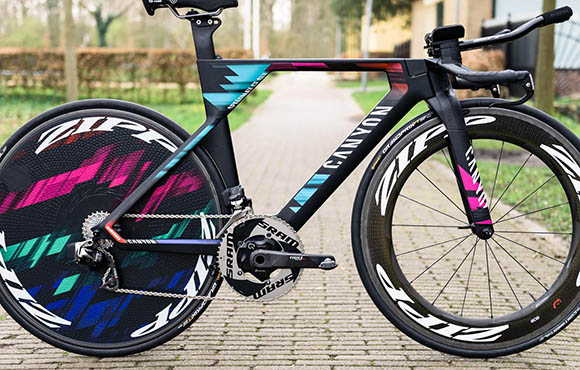
Photo courtesy of Canyon
FALSE. Get a bike fit before you buy a bike. Once you have your bike measurements, you can shop by size, features and color and not be constrained to just a handful of women-only options.
Find:
Your Next RideMyth: Cycling Is Dangerous
3 of 10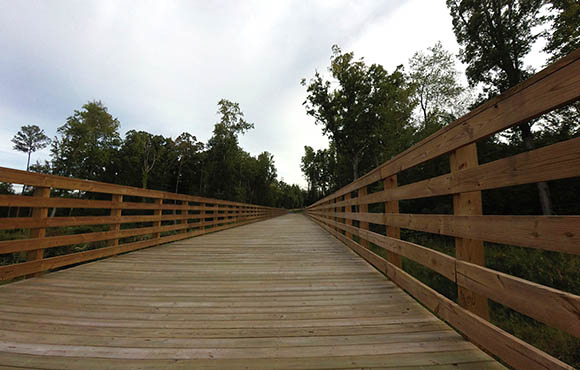
Photo/Greg Kaplan
FALSE. Just like any other activity, there are inherent risks in cycling. You can minimize on-the-bike risks through safe riding; always wear a helmet, use proper head and tail lights and practice bike-handling skills.
Find:
Your Next RideMyth: Cycling Enhances Both Muscle and Bone Density
4 of 10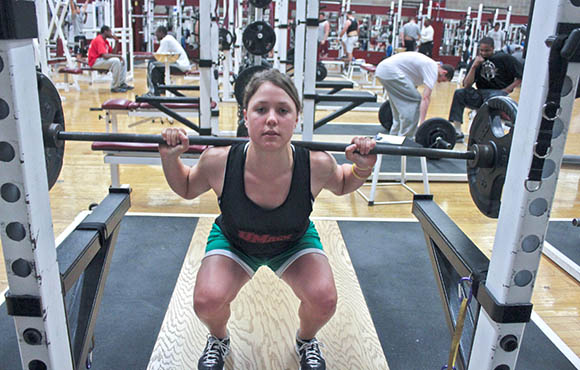
FALSE. Numerous studies have been conducted on the effects of cycling on physiology. Unlike running, cycling is not weight bearing and does not promote increased bone density. Add weight-training to your schedule to stay strong and promote resilient, healthy bones.
Find:
Your Next RideMyth: Shaving Your Legs Is for Pros
5 of 10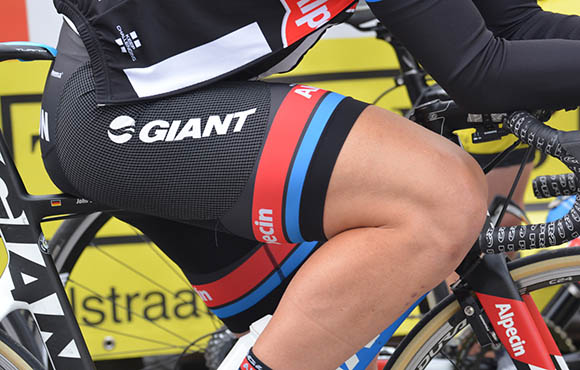
FALSE. You've spent money—maybe even lost a few pounds—in an effort to go faster on the bike. But one of the easiest ways to get free speed on the bike is to reduce excess drag by shaving your legs. Trust us: There's nothing quite like that freshly-shaven feeling.
Find:
Your Next RideMyth: Bike Weight Is Everything
6 of 10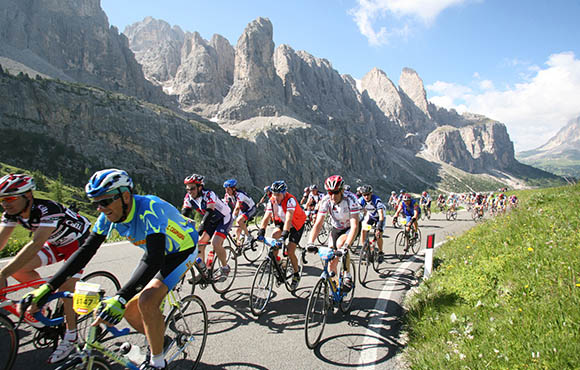
Photo/Maratona dles Dolomites Committee
FALSE. Unless you're routinely climbing mountains on your bike, bike weight is not the single most important factor contributing to speed. Aerodynamics, especially as sustained speed increases, are critical in decreasing effort and increasing speed on the bike.
Find:
Your Next RideMyth: Narrow Tires Are Faster
7 of 10
Photo/Greg Kaplan
FALSE. Although it may seem counterintuitive, wider bicycle tires are faster than narrower tires. This is because—among many factors—the contact patch (where the rubber meets the road) of wider bike tires provides lower rolling resistance.
Find:
Your Next RideMyth: The Higher Your Tire Pressure, the Faster You Go
8 of 10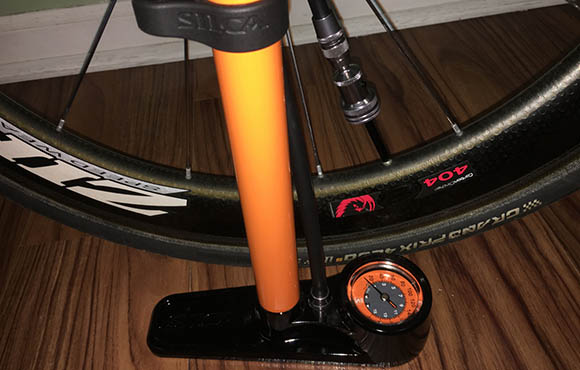
Photo/Greg Kaplan
FALSE. Inflating your tires to the maximum pressure listed on the tire sidewall is ill-advised. It doesn't offer a comfortable ride and doesn't promote optimal tire and wheel performance. Check this handy tire inflation guide, and inflate your bike tubes to the pressure best suited for your weight and the kind of riding you do.
Find:
Your Next RideMyth: If I'm Not Suffering, I'm Not Training Hard Enough
9 of 10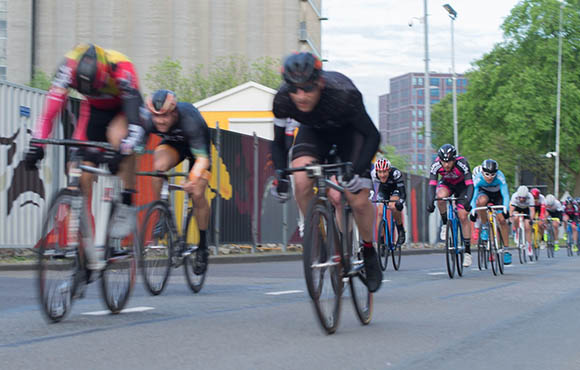
TRUE (kind of). When you go hard on the bike, really go for it! But remember: For all the hard work you do, you also need moderate and easy days in the saddle. Not every ride should be a quad-shredding, KOM-grabbing, town-line-sprint-winning effort.
Find:
Your Next RideAbout the Author

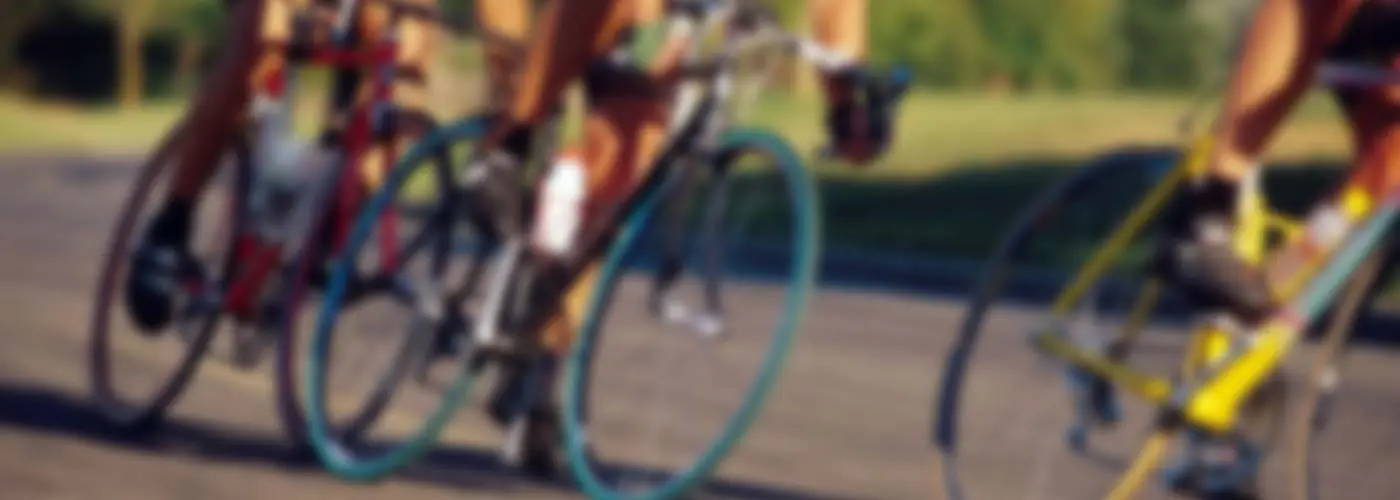
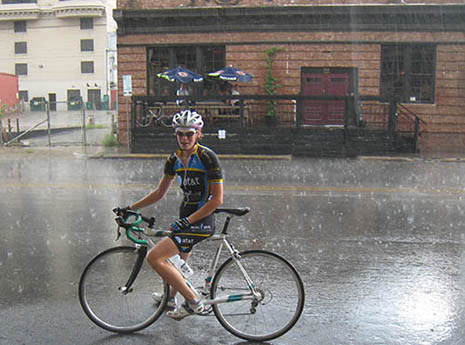





Discuss This Article